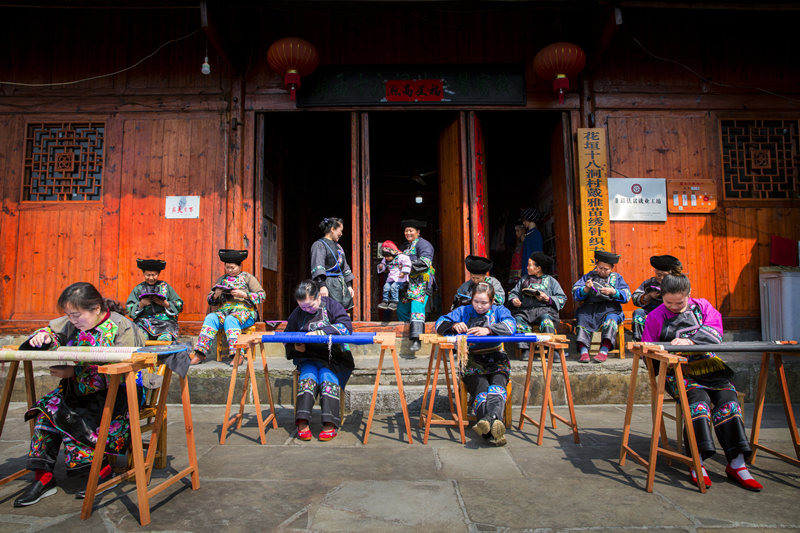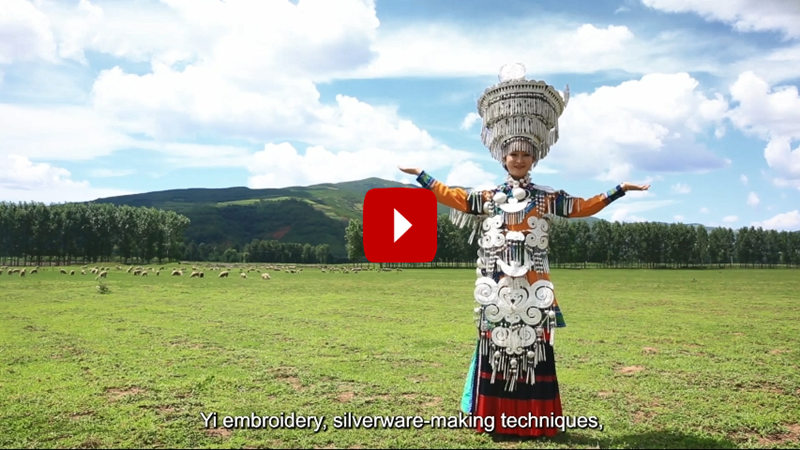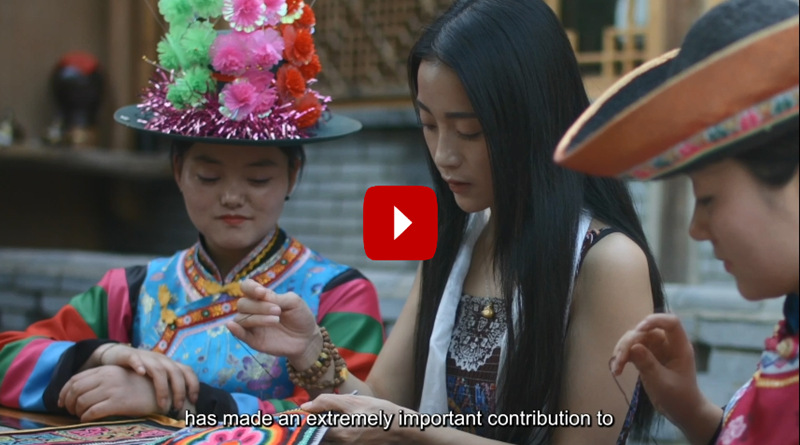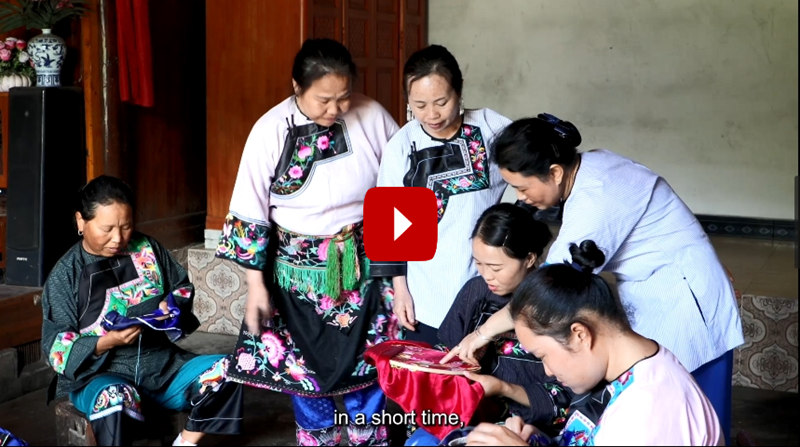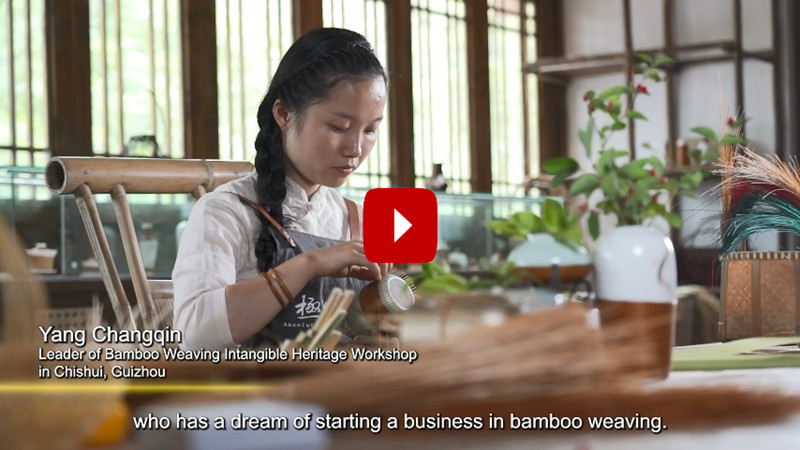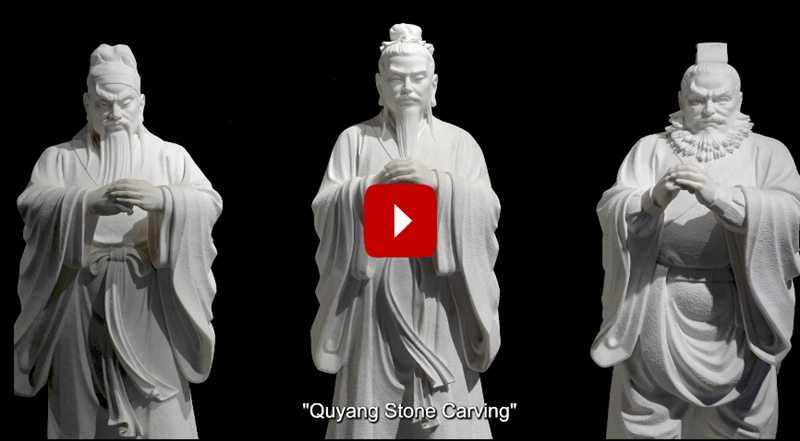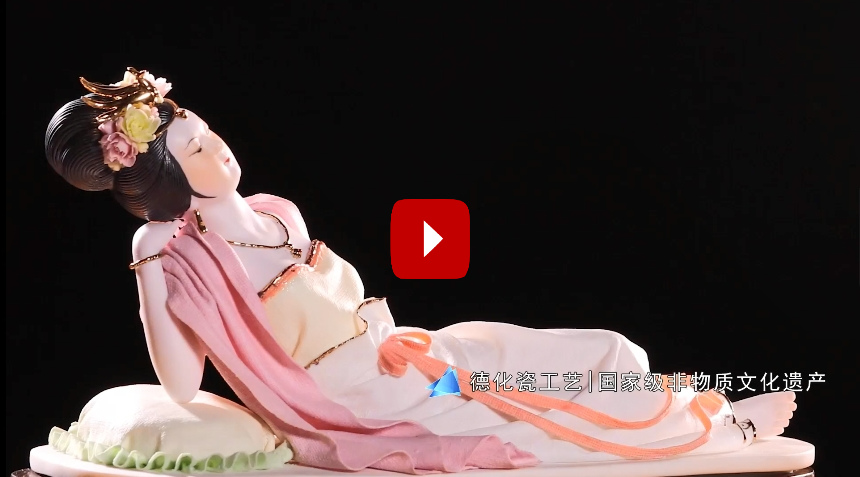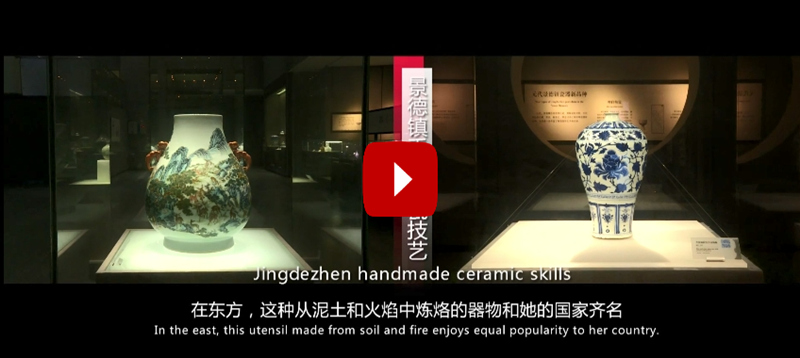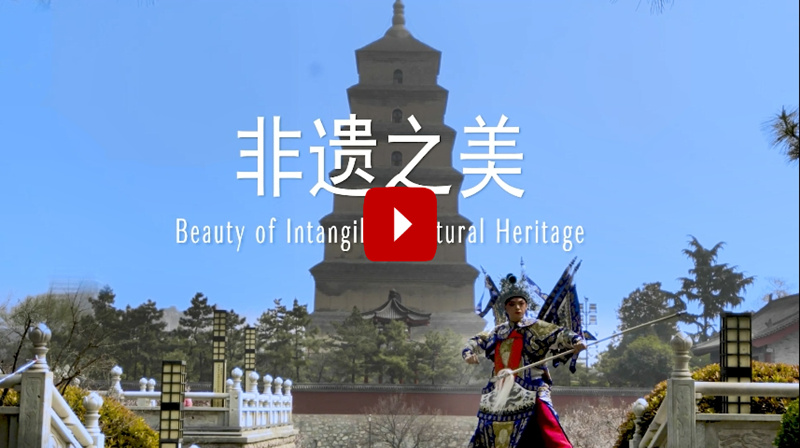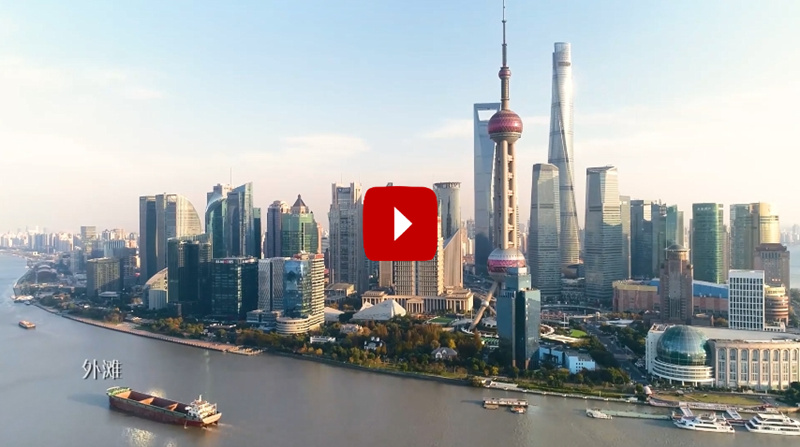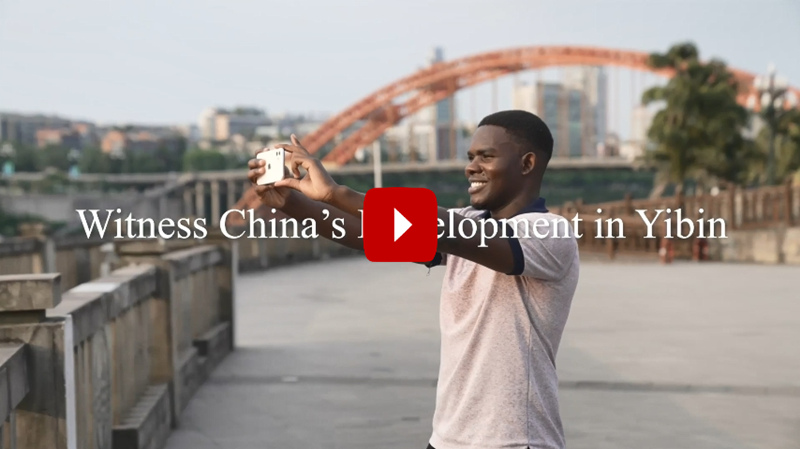
Please click the picture to enter the Intangible Cultural Heritage for Poverty Reduction Photo Exhibition.
Intangible Cultural Heritage Plus E-commerce Helps Poverty-Stricken Households Prosper
Record of Poverty Alleviation through Intangible Cultural Heritage E-commerce in Liangshan
The Life Of Skilled Tu Women
Record of Poverty Alleviation through Pan Embroidery of the Tu Ethnic Group as an Intangible Cultural Heritage
To Lead the Mothers of Left-Behind Children Home
Record of Huayuan County’s Poverty Alleviation through Miao Embroidery
Eco-friendly Bamboo Weaving an Intangible Cultural Heritage that Helps Alleviate Poverty
Record of Poverty Alleviation through Chishui Bamboo Weaving as an Intangible Cultural Heritage
Quyang’s Industrial Path to Help Alleviate Poverty through Intangible Cultural Heritage
Record of Poverty Alleviation through Intangible Cultural Heritage in Quyang
Bama
Bama Yao Autonomous County, located in Hechi City, Guangxi Zhuang Autonomous Region, is home to 12 ethnic groups, including the Yao, Zhuang and Han. It is known as a "township of longevity in the world and sacred place for venerable old people in China." Bama is nurtured by the alkalescent water of the Panyang River, which benefits health. The rich air of negative oxygen ions amounts to 70,000 per cubic centimeter, which is dozens of times higher than in other areas. Baimo Cave is hailed as the "No. 1 Cave in the World" by British expeditions, with the geomagnetism as high as 0.58 gauss. The secrets of longevity are also hidden in foods such as corn, hemp and oily fish. Every year, millions of people visit Bama to vacation and better their health. Adopting the Bama healthy lifestyle is becoming a trend in China.
Zhong Dumplings
Zhong Dumplings have been in existence for a hundred years and were named after the surname Zhong family who first made them. The main products include dumplings in spicy sauce and dumplings in non-spicy sauce, of which the former are more popular. The filling is from the hind legs of Sichuan pigs, stirred with ginger juice, Sichuan pepper-soaked water and salt. The soy sauce is made with Deyang mushroom soy sauce, brown sugar, white sugar and other spices, and then seasoned with chili oil (made from Muma Mountain hot pepper and colza oil) and Wenjiang minced garlic. Shaped like a crescent, Zhong dumplings are rich in garlic, and have a thin skin, tender fillings, and a salty, sweet, fresh and spicy flavor, making it a palatable delicacy. A simple bowl of dumplings satisfies both the stomach and taste buds. A major component of the daily diet, the dumplings are an outstanding representation of Chengdu's local culture.
My master is KungFu NaiNai
Zhang Hexian, a native woman of Dongyuan Village in Zhejiang Province, and the eighth-generation successor of Zhang's martial arts, has been practicing martial arts since childhood. Now at the age of 98, she still insists on practicing Wushu every day and is known as the "Kung Fu Grandma." Despite a thin physique, she looks florid and is hale and hearty. Talking about her martial arts experience, this gray-haired grandmother is always full of energy. She was only four or five years old when she began daily martial arts training at the order of her father, learning the "Xiao," "Zhang," "Cha" movements. She remains vigorous in her old age. The grandma's Kung Fu skills have been passed down to her youngest son. She hopes that traditional Kung Fu is carried forward and its spirit kept eternal.
Tibetan Incense
Tibetan incense is most distinguished from others due to its complex process, tedious production, fine blending contrast and meticulous material selection, contributing to its status as a representative of Tibetan culture. It is made of dozens of rare herbs such as licorice, saffron, fructus cnidii and borneol, supplemented with spices; these raw materials are mixed with water and kneaded into a dough which is then squeezed, dried, wound and otherwise processed. Legend has that Tibetan incense was created by a minister of Songtsen Gampo - Thonmi Sambhota in the 7th century AD, and has a history of more than 1,300 years. Tibetan incense also has certain medicinal value: indoor burning of Tibetan incense can prevent influenza, mumps, hand-foot-mouth disease, and other illnesses. The production of Tibetan incense became part of China’s national intangible cultural heritage in 2008.
Intangible Cultural Heritages of Fujian
Fujian Province, with its provincial capital in Fuzhou, is located on the southeastern coast of China and named after the first words of two prefectures, Fuzhou and Jianzhou. Fujian is rich in natural resources and long-lasting culture. Fujian is also a province of traditional crafts, boasting unique production methods and home to a wide variety of talent with exceptional craftmaking skills. It has 51 state-level intangible cultural heritage inheritors of traditional crafts and fine arts and 250 provincial-level intangible cultural heritage inheritors. Since pottery was recovered from Pingtan Keqiutou, Fujian arts and crafts have developed into 13 categories. Stone carving, wood carving, lacquer art, ceramics and classical craft furniture rank are distinguished among the best of its peers in the country, especially Shoushan stone carving, Huian stone carving and Putian traditional wood carving techniques.
Jiangxi,a Province on the Water
Abbreviated as Gan, Jiangxi, with its provincial capital in Nanchang, is located in southeastern China and on the south bank of the middle and lower reaches of the Yangtze River, making it the hinterland of the Yangtze River Delta, the Pearl River Delta and the Southern Fujian Delta Region. It is a land of humanity and the birthplace of heroes, and has nurtured such distinctive cultures as the Red culture, landscape culture, ceramic culture, academy culture, opera culture, farming culture, commercial culture, and traditional Chinese medicine culture. The region is home to numerous items of intangible cultural heritage, represented by 558 projects in ten categories. In recent years, Jiangxi has been pushing to salvage and develop its intangible cultural heritage, achieving extraordinary results.
Life of a Sheepskin Rafter
Sheepskin rafts are made of sheep skin and are water vehicles invented long ago in the middle and upper reaches of the Yellow River to transport people and materials by the force of water. In the 1940s and 1950s when land transportation was not developed, sheepskin rafts served as important water transportation vehicles for the Ningxia people and those living on both sides of the middle and upper reaches of the Yellow River. They have witnessed a history of more than 1,500 years. As the leading role on the Yellow River a century ago, they had formed the waterborne logistics network of that era in the most ancient way. Nowadays, people can ride these ancient transportation vehicles in the Shapotou section of the Yellow River in Zhongwei, Ningxia and enjoy the vast desert and the rough and magnificent western landscape of the Yellow River Rock Forest.
Exploring Ningxia
Ningxia Hui Autonomous Region, with the provincial capital of Yinchuan, is located in an inland area of northwest China, neighboring Shaanxi to the east, Inner Mongolia to the west and the north and Gansu to the south. It has a pleasant climate across its four distinct seasons. With an average altitude of 1,100 meters, an average annual temperature of 8℃ and more than 320 days of good air, Ningxia has a reputation for "blue skies and green water." Convenient transportation and access in the past made it a must-stop on the ancient Silk Road. Today, the Yinchuan-Xi'an High-speed Railway has been put in operation, and the Baotou-Yinchuan High-speed Railway and the Zhongwei-Lanzhou High-speed Railway are under construction; domestic air routes directly connect all provincial capitals. Ningxia culture is a combination of multiple cultures and where farming civilization blends with nomadic culture. Ningxia is striving to build a pioneer area for ecological protection and high-quality development in the Yellow River Basin.
Intangible Cultural Heritages of Shaanxi
Shaanxi is located in the inner part of inland China and the middle reaches of the Yellow River, with its provincial capital in Xi'an. As one of the important birthplaces of the Chinese nation, Shaanxi Province has developed a wide variety of intangible cultural heritage projects along its long history. In recent years, the province has been working on the inheritance and preservation of intangible cultural heritage and pushing for the preservation of intangible cultural heritage projects of important historical, literary, artistic and scientific value. The province now boasts three items of world-class intangible cultural heritage, along with 87 national and 674 provincial items.
Shanghai Folk Arts and Handicrafts
Shanghai’s unique style is developed by ancient techniques and has been innovated and passed down over time. Dozens of distinctive Shanghai-style techniques, such as Shanghai-style cheongsam making, pastry making, traditional musical instrument making and carving techniques, are accurate reflections of the skills of Shanghai craftsmen. Through exquisite work, superb skills and unique craftsmanship, they show the dedication of traditional craftsmen to "choose one thing for life" and reflect the vitality of the outstanding elements of Chinese traditional culture.
Intangible Cultural Heritages of Beijing
Ancient Konghou art, an authentic old Beijing hawking, story-telling in the Beijing dialect with drum accompaniment and Chinese wrestling at the Baosan Wrestling Ring were performed in turn to showcase both the imperial and folklore culture of Beijing. Nearly 20 time-honored brands of intangible cultural heritage appeared with new products, new designs and new services at the event, "Tour in Beijing City and Beijing Suburbs" with Intangible Cultural Heritage and Beijing Intangible Cultural Heritage Shopping Festival, conveying the concept of "Accompanied by People, Objects and Life" in the inheritance and preservation of intangible cultural heritage. The general public can feel the charm of intangible cultural heritage on the tour of Beijing, appreciate the cultural achievements and guard the spiritual home in their inheritance.
Witness China's Development in Yibin
Yibin is a prefecture-level city in China’s Sichuan Province. It is located at the junction of the Jinsha, Minjiang, and Yangtze rivers, enjoying the reputation as the First City on the Yangtze River, China’s Liquor Capital, and China Bamboo Capital. The city has been officially established for more than 2,200 years, with a history of more than 3,000 years of tea planting and 4,000 years of brewing. Calvin, an international student from Tanzania, showcases to the audience Yibin’s driverless ART line, unique humanistic landscape, distinctive natural scenery, and its rapid development driven by the technology.
Turkey's Abu in Hejiang
Au cours des deux dernières années, Abu, un homme originaire de Turquie qui a épousé une Sichuanaise, a tourné de courtes vidéos pour enregistrer sa vie de famille rurale à Hejiang, un comté de la ville de Luzhou dans le Sichuan. Cette vidéo présente sa vie à Hejiang : il fabrique de la sauce soja traditionnelle, partage avec M. He, son ami proche, la visite de l'ancienne ville de Yaoba avec sa famille, découvre des spécialités locales telles que du mouton dans une soupe épicée, le gâteau de riz gluant jaune et le litchi du Hejiang, et a apprend à jouer du Guangda Suona (suona accompagné d'instruments à percussion), un savoir-faire inscrit au patrimoine culturel immatériel, dans l'ancienne ville de Fubao.

